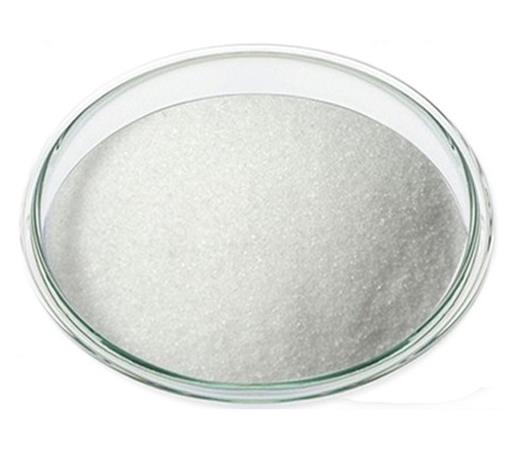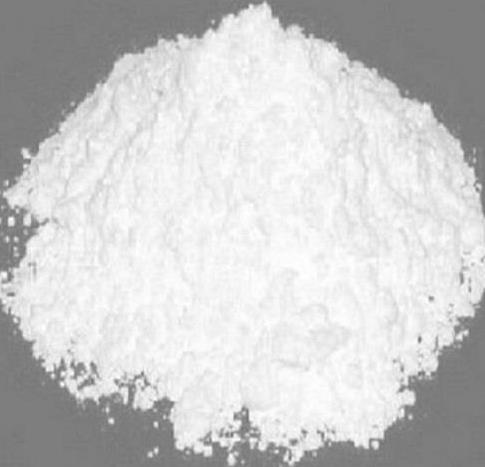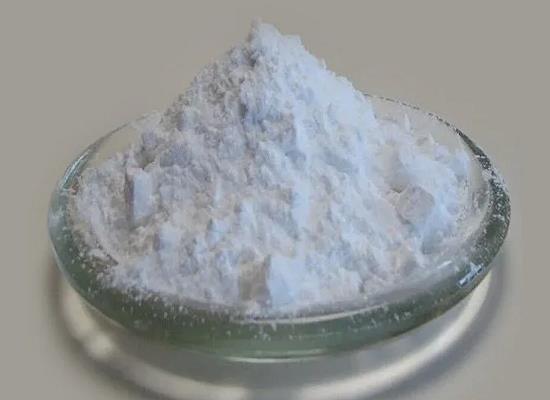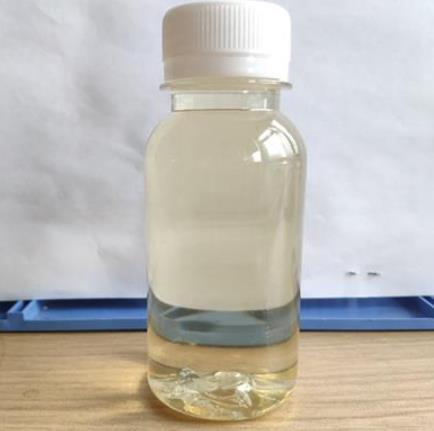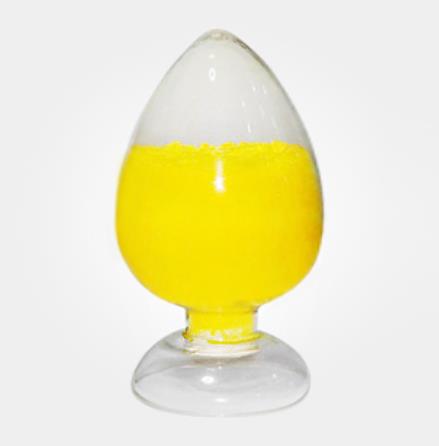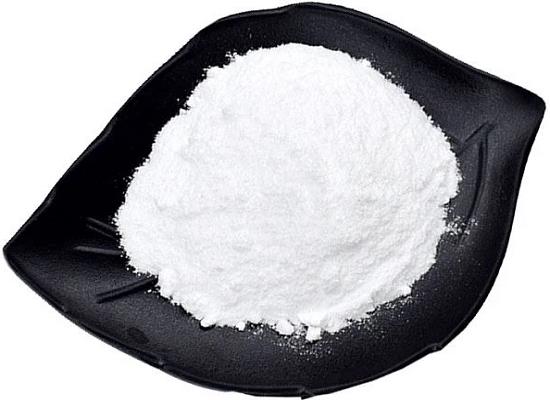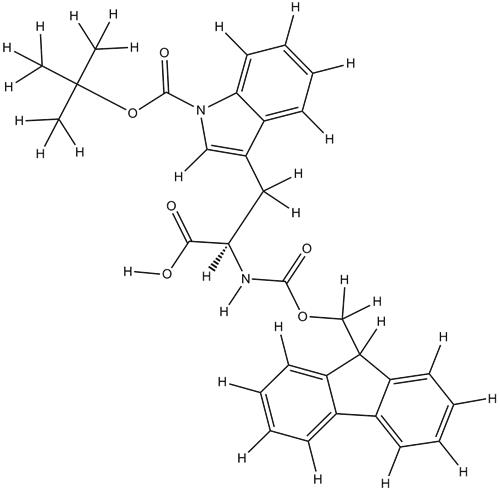Active Pharmaceutical Ingredients (API), popularly speaking, are the raw materials of medicines, only pharmaceutical raw materials are processed into pharmaceutical preparations , can they become medicines available for clinical use, so drugs we usually eat are the finished drugs through processing. Active Pharmaceutical Ingredients based on its sources can be divided into two major categories ,including chemical synthetic drugs and natural chemical drugs. Chemical synthetic drugs can be divided into organic synthetic drugs and inorganic synthetic drugs. Inorganic synthetic drugs are inorganic compounds ( very few is element), such as aluminum hydroxide, magnesium trisilicate which are used for the treatment of gastric and duodenal ulcers ; organic synthetic drugs are mainly composed of drugs made by basic organic chemical raw materials, through a series of organic chemical reactions (such as aspirin, chloramphenicol, caffeine, etc.). Natural chemical drugs ,based on its sources,can be divided into two categories including biochemical drugs and plant chemical drugs. Antibiotics are generally made by the microbial fermentation, which belongs to the biochemistry category. A variety of semi-synthetic antibiotics occurs in recent years,which are biosynthesis and chemical synthesis combining products.Among active Pharmaceutical Ingredients, the organic synthetic drugs varieties, yields and values have the largest proportion,which are the main pillars of the chemical and pharmaceutical industries. The quality of active Pharmaceutical Ingredients decides whether the formulation is good or bad , so its quality standards are very strict ,countries in the world have developed national pharmacopoeia standards and strict quality control methods for its widely used active Pharmaceutical ingredients.
Celecoxib: A Detailed Exploration of Its Chemistry, Applications, and Storage
Celecoxib has emerged as a widely prescribed medication due to its targeted mechanism of action and its reduced side effects compared to traditional NSAIDs.
Sep 24,2024 APITildipirosin: A Long-Acting Solution for Livestock Respiratory Diseases
Tildipirosin has gained significant attention in veterinary medicine, particularly for its role in treating bovine respiratory disease (BRD) in cattle.
Sep 24,2024 APIBisoprolol Fumarate: Clinical Pharmacology and Detection Method
Bisoprolol Fumarate, a selective beta-1 blocker for hypertension and heart failure, is evaluated for stability and compatibility in formulations using HPLC for safety and efficacy.
Sep 23,2024 APIFusidine: Properties and Clinical Applications
Fusidine, a topical antibiotic with a steroid-like structure, effectively treats skin infections like impetigo, with low side effects and high efficacy against resistant bacteria.
Sep 23,2024 APIManganese Chloride Tetrahydrate: A Versatile Compound in Chemistry
Manganese Chloride Tetrahydrate is an important compound in the field of chemistry, known for its multifunctionality, stability wide range of applications.
Sep 23,2024 APIEthylene Glycol Diacetate: Properties, Applications, and Safe Handling in Industrial Use
Ethylene glycol diacetate is a compound with wide industrial application value. It is a diester derived from ethylene glycol and acetic acid.
Sep 23,2024 APITetrachloro-p-benzoquinone: A Notable Compound in Modern Chemistry
Tetrachloro-p-benzoquinone is a compound of significant importance. Its unique properties make it indispensable in various chemical applications.
Sep 23,2024 APISodium Thiosulfate: An Essential Compound in Chemistry and Industry
Sodium thiosulfate is a chemical compound with a diverse range of applications that highlight its importance in various industries.
Sep 23,2024 APICabergoline: Pharmacology and Efficacy for Lactation Inhibition
Cabergoline, an ergoline derivative, is an effective dopamine D2 agonist for lactation suppression, offering long-lasting effects with less frequent dosing compared to bromocriptine.
Sep 23,2024 APIFmoc-Trp(Boc)-OH Unveiled: A Comprehensive Exploration of its Role and Applications in Peptide Chemistry
This review delves into the characteristics, synthesis, and applications of Fmoc-Trp(Boc)-OH, and its role in peptide synthesis and drug development.
Sep 23,2024 API



